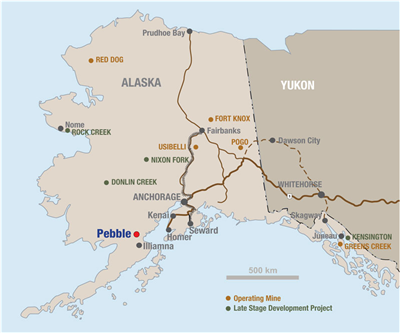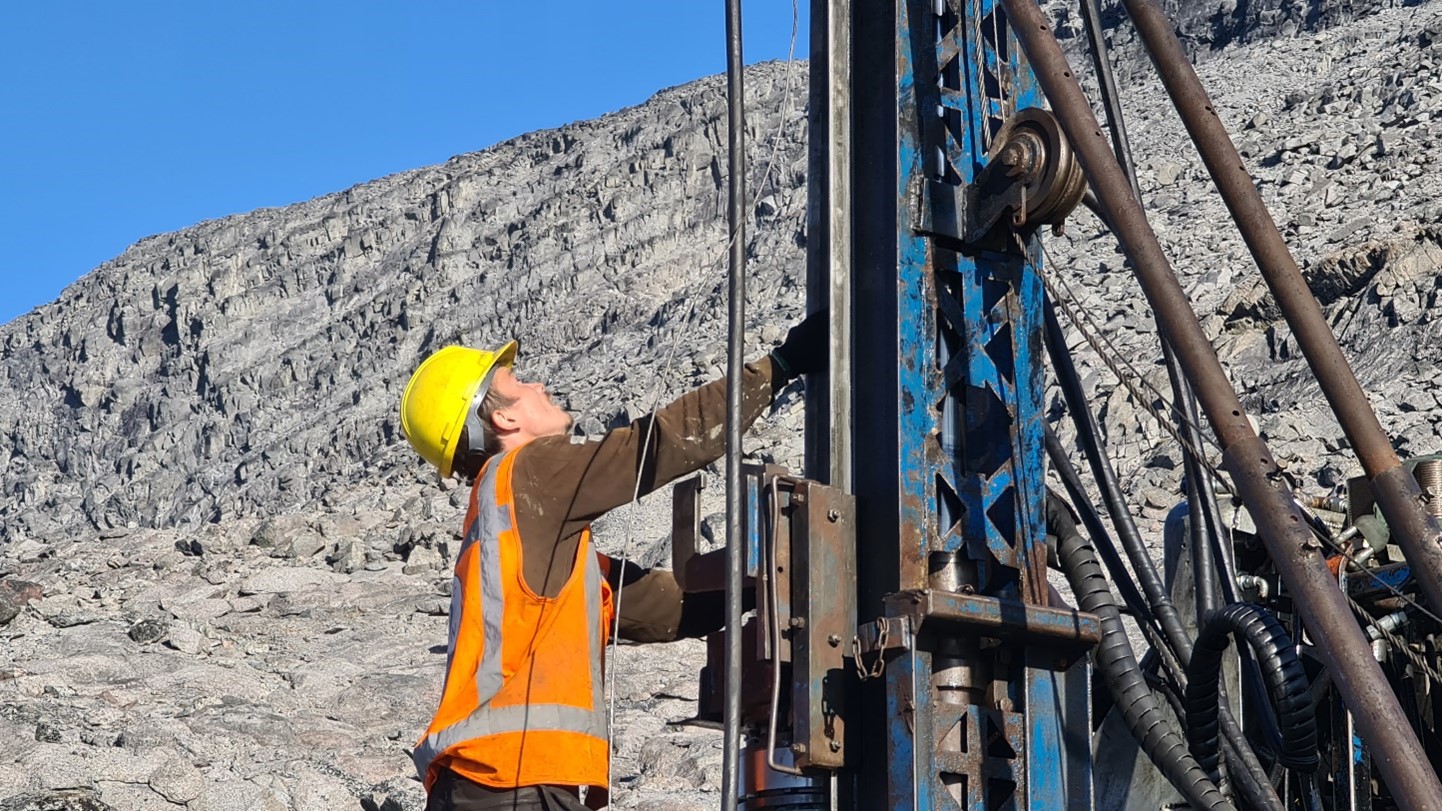EPA under attack over ‘biased’ Pebble Mine assessment

The heated debate over the proposed open-pit copper and gold Pebble Mine in southwest Alaska, is far from over, as the US Environmental Protection Agency (EPA) has once again become the target of critics for quoting research conducted by anti-mining groups in its second review of the project.
According to The Daily Caller News, the company behind the plan sent a letter to the EPA expressing concerns over the agency engaging peer reviewers “to legitimize six biased reports written by mine opponents.”
“In fact, the peer reviewers themselves identified the biased nature of these reports, and their comments reveal that these reports have little scientific value,” wrote Pebble Partnership‘s CEO John Shively.
The joint venture—formed by mining giants Northern Dynasty Minerals (TSX:NDM), Anglo American (LON:AAL) and Rio Tinto (LON, ASX:RIO)— has yet to begin applying for permits as it is still conducting geologic and environmental studies.
Critics of the project, however, argue the firms are waiting for an administration that might be more likely to approve it. They believe EPA’s studies have unveiled enough evidence of environmental damage to block the mine from going forward, rather than waiting for still more assessments.
Over the last 10 years the plan to build the Pebble mine by the headwaters of the Nushagak and Kvichak rivers, which feed into the Bristol Bay area, has stirred intense opposition from locals to public figures such as actor Robert Redford:
“Where I live in Utah, we’ve seen firsthand the environmental costs of copper mining, compliments of Rio Tinto. They run the giant Bingham Canyon mine, where open-pit operations like those proposed for Pebble Mine left groundwater contaminated with arsenic and lead across 72 square miles. And, most recently, the mine was forced to temporarily shut down because of a massive landslide inside the giant open pit.
Now they want to do the same for the richest wild salmon fishery in the world? No thanks,” writes Redford today.
If built, Pebble Mine would be the largest mine of its type in North America, but EPA’s latest report on the potential project ultimately could lead to restrictions or an outright veto of mining activities in the region, home to the world’s largest salmon fishery.
{{ commodity.name }}
{{ post.title }}
{{ post.date }}




Comments